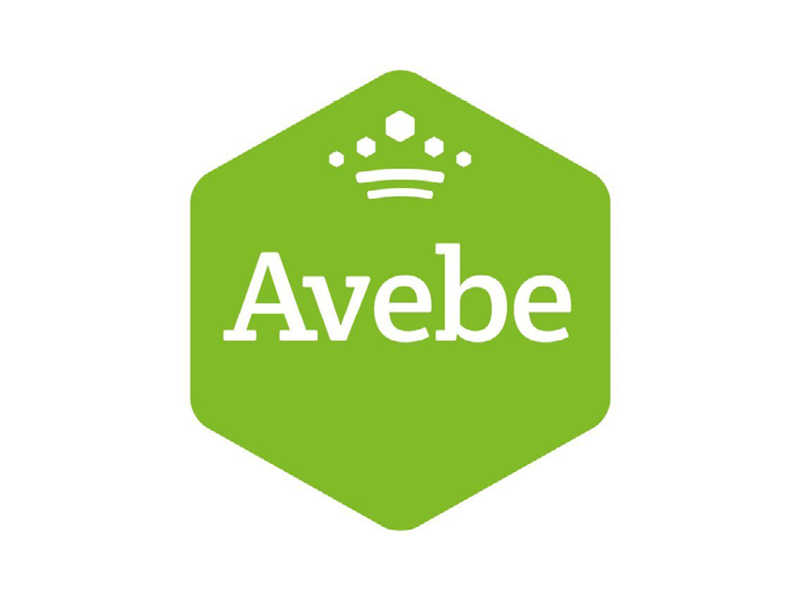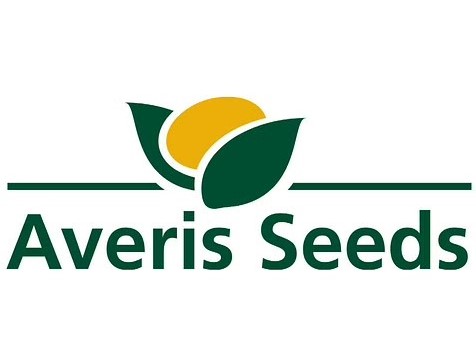
Expertise
Quality Assessment
Quality as a competitive edge
Enabling your people to work smarter
As we approach the fourth industrial revolution or Industry 4.0, AI technologies are changing the game around quality. Quality control efforts contribute to higher total quality costs in manufacturing. Quality costs are the additional costs spent to prevent failures. The total cost of poor quality can be as high as 15% to 20% of total operations. Given the importance of quality assurance, quality statistics for suppliers and products are among the most valuable types of statistics for managing manufacturing operations. However, exploiting insights from data is not easy. Every day 1 terabyte of production data is created, but less than 1% of that data is analysed by manufacturers.
With quality assesment you can reduce up to 98% of the time it takes people to visually inspect products. Train valuable employees to validate and act on AI results. Improve the overall effectiveness of on-site inspectors, and shift the rest of their time from manual visual inspection to more productive activities. But there are more benefits related to our quality assesment.
Optimise your business proces
Optimizing your business process by increasing efficiency through automation. Imagine receiving faster and more accurate defect detections by deploying self-learning AI models that automatically and objectively detect product defects and provide more reliable reports and fewer "false positives" than manual processes.
Customers that already improved their business proces
Insights in business barriers
We often encounter barriers when it comes to business innovation that involves technology as the means for acceleration. Unfortunately these barriers distract from the required focus, and often they are of a technical nature because the technological change is still seen as a technical implementation. However, we also see business barriers.
We have gained substantial experience in this domain, and we would like to share our insights with you. The following list shows the most important barriers that we encounter in organisations and that stand in the way of a successful quality assessment implementation:
- Ineffective inspections/underutilised employees
- Lack of insight into problems
- Scrap
Ineffective inspections/underutilised employees
People are prone to error, and this is natural. Whether this is caused by physical fatigue, mental fatigue or general distraction, people are susceptible to subjective influences that slow them down and impair their effectiveness, consistency and productivity. Too often, employees spend too much time working below their skill level. Smart manufacturers are looking for ways to more effectively apply individuals' expertise to critical tasks and maximise the talent of the workforce.
Lack of insight into problems
When manufacturers use random, fixed quality assessments (taking a few products off the line to check quality), they can record their findings. However, this does not provide lessons or meaningful insights, unless the data is accurately and consistently captured in a format that is accessible, searchable and dynamic.
Scrap
Problems can accumulate in the value chain when deliveries do not meet an acceptable quality threshold. Large quantities of scrap (discarded product) or reworked product jeopardise production targets. This can lead to overtime, higher production costs, potentially missed deliveries, lost revenue and reduced customer satisfaction.
Organisations that are able to step over these barriers will be able to achieve business value (impact). See the following examples of successful quality assessment implementations in organisations that have realised impact within their business case due to the insights obtained through the use of AI.







